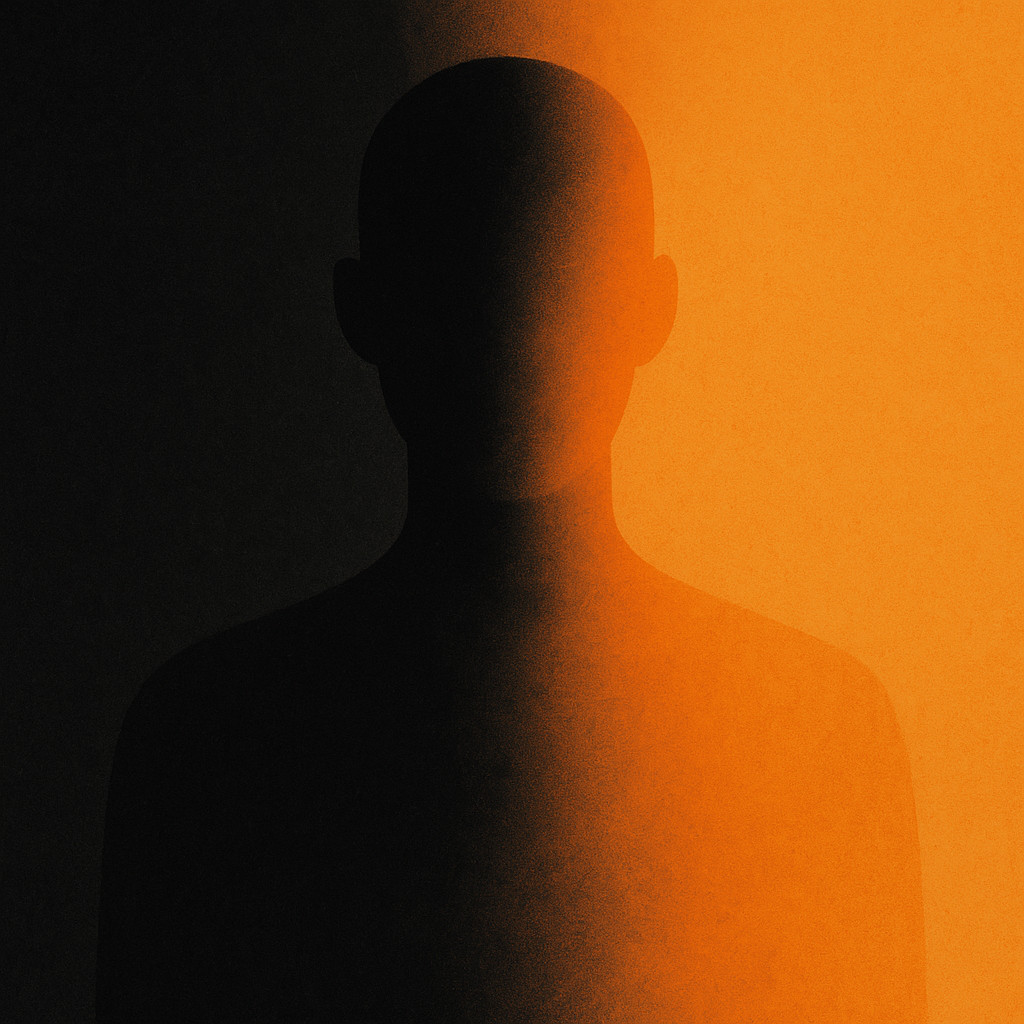The Fear of Shame vs. The Fear of Death
Is the fear of shame more powerful than the fear of death?
That question cuts to the core of what it means to be human — a species that survives through community, and dies through isolation. To be shamed is not merely to feel pain; it is to stand on the edge of social extinction.
🧠 1. Psychological View — Social Death vs. Biological Death
In evolutionary psychology, the fear of shame often predates or even overrides the fear of death* — because for early humans, social belonging was survival.
To be shamed was to be ostracized, and to be ostracized was to die alone.
So, deep in our biology, social death carries a weight equal to physical death.
- Shame activates the same neural pain circuits as physical injury.
- Experiments show that people fear social exclusion more intensely than physical harm.
- This is why public humiliation feels “unbearable” — it’s the nervous system reading social pain as existential threat.
“Man is by nature a political (social) animal.” — Aristotle
In this sense, shame is a proxy for death, but one that kills from the inside out.
⚖️ 2. Philosophical View — Dignity vs. Existence
In philosophy, particularly existentialism and stoicism, the comparison reveals the hierarchy of values.
A Stoic might say:
“Death is inevitable; dishonour is optional.”
For figures like Socrates, Seneca, and Marcus Aurelius, dying with integrity was superior to living in disgrace.
Socrates accepted the hemlock rather than betray truth; Japanese samurai practiced seppuku to restore lost honour.
Here, shame kills meaning, while death merely ends the body.
Thus, the fear of shame can indeed eclipse the fear of death — when one values identity or honour above life itself.
🕊️ 3. Psychoanalytic View: Shame as the Guardian of the Ego
Freud saw shame as a mechanism protecting the ego from annihilation — the unbearable exposure of one’s flaws or desires.
For Lacan, shame emerges at the point where the self realizes it is being seen by the Other.
This is why people sometimes prefer literal death to public exposure — the “death of the image” can feel worse than physical extinction.
Think of:
- The soldier who dies rather than surrender.
- The celebrity who takes their life after public scandal.
- The child who hides after humiliation, wishing to “disappear.”
In all cases, the ego fears its collapse more than the body fears its end.
🌍 4. Cultural-Historical View: Honour Cultures vs. Safety Cultures
Across civilizations, the relative weight of shame and death shifts:
- Ancient Sparta, Rome, and Japan: Dying nobly > Living shamefully
- Modern West: Living safely > Dying heroically
- Digital Age: Online shame (cancel culture) has resurrected the fear of public exposure, showing that even in comfort, social death remains primal.
Shame is the currency of conformity; death the limit of existence.
Societies that value conformity amplify shame.
Societies that value freedom amplify fear of death.
🪞 5. Metaphysical Reflection — Shame as Inner Death
If death ends the body, shame dismantles the illusion of the self.
It exposes the fragile boundary between who we believe we are and who we are seen to be.
“Hell is other people.” — Jean-Paul Sartre
In that moment of naked exposure, the self dies — and sometimes, the person follows.
So perhaps the truth is not that shame is stronger than death,
but that shame is a kind of death — an inner one that precedes or replaces the physical.
💬 Closing Reflection
The fear of death governs the instinct for survival.
The fear of shame governs the instinct for belonging.
When belonging defines survival — as it has for most of human history —
then yes, the fear of shame can be more powerful than the fear of death.
Because we would rather die as someone,
than live as no one.
Herein we explain the Living Dead. The @ symbol. The paperclip.

Leave a Reply